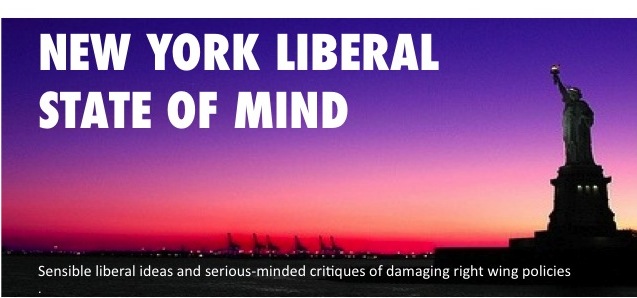Virginia has ripened recently into a "purple state," although its legislature can't see fit to include one of the most basic human rights - that of sexual orientation - in its laws.
It fell recently to a less-than-enthralling executive directive by Governor Bob (for Jobs) McDonnell to articulate the state's position on discrimination against gay people employed by the state.
This followed a letter from Attorney General Ken Cuccinelli to Virgina's public colleges that contended those institutions lack the legal authority to protect their gay students and employees from discrimination, and advised all colleges to “bring their policies in conformance with the law and public policy of Virginia.” (The law on the books does not explicitly protect gay people.)
McDonnell's letter countered with: “Therefore, discrimination against classes of persons set forth in the Virginia Human Rights Act or discrimination against any class of persons without a rational basis is prohibited … I hereby direct that the hiring, promotion, compensation, treatment, discipline and termination of state employees shall be based on an individual’s job qualifications, merit and performance.”
This schizophrenic behavior within the same administration demonstrates what happens when a legislative body cannot define and then defend human rights. One executive says no; one says yes. A simple change in the executive branch therefore could damage or could help the march toward full rights. The craps shoot is always present.
Why do so many legislative bodies lack the courage to move forward on gay rights?
The broader question remains: Why isn't the fundamental right to be free from discrimination and hate crimes for any group recognized by acclaim? Who stands in the way? Most people reading this post likely embrace the notion that no one, for any reason, as a group or class, should be subjected to discrimination, intimidation, or violence.
Our history is littered with sad and often bloody struggles for equal rights and equal protection.
When my oldest daughter was about 13, the 85th anniversary of the 19th Amendment giving women the right to vote was being celebrated. I explained to her that my grandmothers, born in the 1880s and 90s could not go into a voting booth until then. It was as if a big sign had been hung at the polling places: No Women. When I say my daughter's eyes were as big as saucers, I do mean it. It was inconceivable to her.
It wasn't so inconceivable to me. People of the post war generation remember well the Civil Rights struggle clearly. It was not a movie, a book, or photograph in a magazine.
Now when we see the water fountain signs from as recently as the 1960s that say "No Colored," we are rightly shocked, disbelieving, and feel revulsion. (Although we have probably collectively forgotten signs that said No Irish Need Apply - or Italian, or Chinese, or Japanese, or Mexican, or "Bohunks." A Bohunk is a derisive term for people of Eastern European ancestry.)
Today, though the signs are not clearly and officially painted and posted, nevertheless they hang on courtrooms and marriage bureaus, in police departments and bars, schools and insurance companies, hospitals and adoption agencies.
The signs say "No Gays." Read carefully. The message is there. Only the language is less overt. The sentiment is the same.
Lyndon Johnson, the President who stepped boldly forward to push through Civil Rights legislation in the mid-1960s said:
What convinces is conviction. Believe in the argument you're advancing. If you don't, you're as good as dead. The other person will sense that something isn't there, and no chain of reasoning, no matter how brilliant, will win your case for you.
...
Subscribe to:
Post Comments (Atom)





Perfect. Virginia Reel and the old dosey doe,,, I can see Cuccinelli and McDonnell dancing now.
ReplyDelete